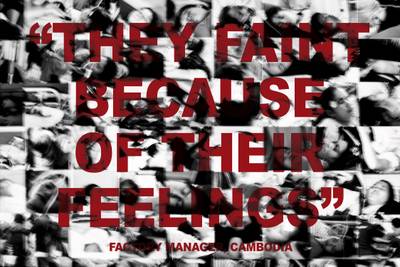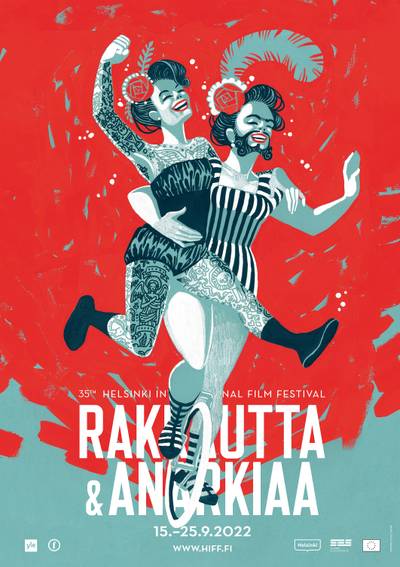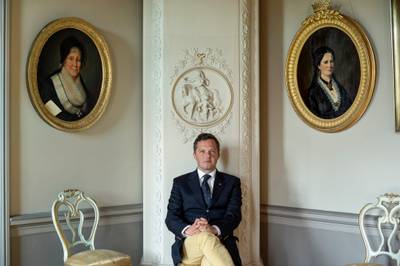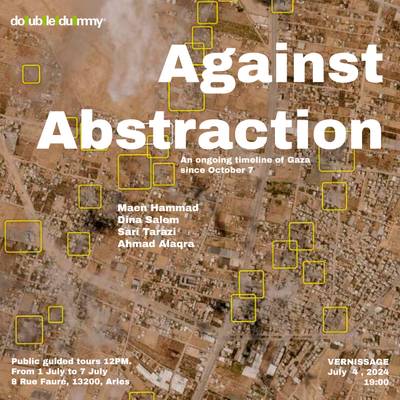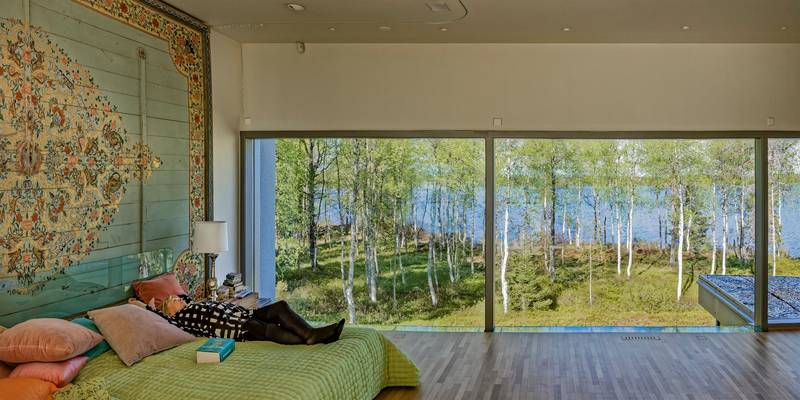

Anu Pentik, Photo by Jaakko Heikkilä, 2022
Eetu Viren is a writer and translator based in Helsinki who has published Vallankumouksen asennot (2021) (“Positions of revolution”), Raha ja työvoima (2018) (“Money and labour power”), and Seutu joka ei ole paikka (“The region that is no place. Capitalism and the Metropolis” 2015, with Jussi Vähämäki).
In the autumn of 2022, the Finnish National Museum presented an exhibition by photographer Jaakko Heikkilä called The Philosophy of Wealth. It consisted of portraits of wealthy Finns. According to the presentation of the exhibition, they “examine individual members of this often unidentified minority group, as well as their life stories and relationship with wealth, happiness, and life.” And further: “The Philosophy of Wealth examines financial wealth as a cultural phenomenon and asks what wealth is, whether it improves mental well-being, and whether financial wealth is taboo in Finnish society. In Jaakko Heikkilä’s photos, wealth is personified by feeling and breathing human individuals who also contemplate their relationship with “Finnishness.”
The characterisation of the rich as a “minority group” is outrageous, as if the rich are like the Sámi, other racialised groups in the country or the Indigenous peoples of the Amazon. The exhibition text highlights that Heikkilä has previously photographed, e.g., inhabitants of Harlem, Vlachs, and people who speak meänkieli (a dialect of Finnish spoken in Northern Sweden) or what remains from the old nobility in Venice. The wealthy are thus equated with such minorities as if being wealthy were a specific cultural phenomenon or even an identity based on a form of discrimination. Perhaps this implies that we need to recognise and understand the special problems of the rich. Maybe we should consider higher taxes for the rich as a form of discrimination or even violence, similar to Bolsonaro’s policies that have threatened the endangered tribes in the Amazon. And perhaps we should conceive the overrepresentation of children of wealthy families in business schools or medical schools as a form of positive discrimination that is required because it is so difficult to be rich. Oh, how some of us might wish to experience these difficulties!
Professor Anu Kantola writes in the exhibition catalogue: Money is something everybody wants, but that is often difficult to show, especially when you have lots of it. Our relationship to wealth is characterised by a certain contradiction: even though money seems to rule the world, the wealth itself creates anxiety even in the wealthy people themselves. When the sociologist Rachel Sherman interviewed wealthy people in Manhattan, New York, they told her they often feel anxious of their own status. Also in Finland, many lottery winners have kept their winnings secret and just continued living like before. In societies based on equality, wealth is a double-edged sword: it raises you above other people but can also isolate from others.
So the poor rich people are anxious and lonely, and we might think Heikkilä’s exhibition is an attempt to make their specific cultural and social characteristics more visible, maybe even help them with their particular problems, or give a stage, if not a “voice,” to this miserable, if not even unrecognised, minority. Wealth does not seem to be a form of power but a “taboo,” something that you have to hide and feel ashamed of, and that thus makes your life only harder. The rich, thus, seem to be represented as an oppressed minority group. Heikkilä’s exhibition aims to break this taboo and help the poor and rich not feel ashamed of their special, discriminated position. This is the first and easiest critical impression the project gives. The name of the exhibition is The Philosophy of Wealth, and Heikkilä has said that he wants to create “a philosophical approach” to wealth. I don’t know how he understands the philosophy, but apparently, it means that we should all try to see rich people as people, not as rich, and especially forget where their money comes from since the sources of wealth are absent from this exhibition.
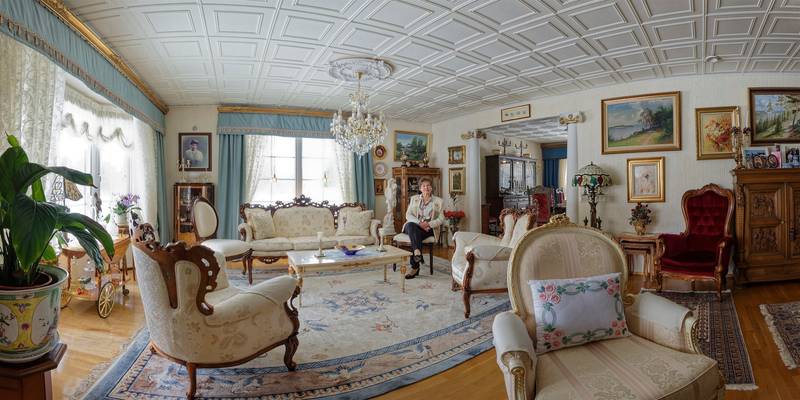

Kaarina Aho , Photo by Jaakko Heikkilä, 2022
But if we look at Heikkilä’s exhibition a bit closer, the “minority approach” is not as outlandish as it might first seem. The people in Heikkilä’s photos are somewhat ‘minor’ figures, considering how wealth is produced in Finland or other capitalist societies. The nine characters in these photographs are like a crew of eccentrics, almost a “freak gallery” of the wealthy in Finland, and most of them hardly even belong to the wealthiest of the country: a Sámi reindeer owner, a member of an old noble family, a business school professor, the famous designer, a harness racing trainer, owners of mid-size companies, and one investor who lives in New York but who also comes from an old family and is photographed in the manor that has earlier belonged to his family in Finland. All in all, the individuals selected give a completely aestheticised or culturalised image of the creation of wealth. They are not presented as people who have power (or even much money), but only as people who live in beautiful environments.
In other words, the people in Heikkilä’s photos are persons whose wealth is in no way related to big corporations, financial capitalism, or, in general, to any central sectors of the economy or structures of social power. There are no CEOs of listed companies, no bankers, and no owners of any bigger family-owned corporations. In the pictures, it looks as if wealth in Finnish society had nothing to do with power or the accumulation of capital. That the one investor included in the book lives in New York City emphasises even more that financial capitalism exists only on the other side of the Atlantic and that Finnish capitalism has “a human face.” Heikkilä has said that more than half of the wealthy people he asked to be photographed refused the call, and we might safely suppose that those people have mostly been those that do not appreciate any specific attention to what they are doing, like bankers or managers of larger corporations—as if Heikkilä ever even asked them because they were culturally not interesting enough.
The exhibition also presents wealth as a completely individual phenomenon, as a property of a certain individual, and in some sense as a “cultural” rather than an economic, social, or political question. The composition of Heikkilä’s photographs intensifies the mystification even further. The photos belong to a tradition of classically painted and photographed portraits, mostly in panoramic settings, private milieus, or often outdoors. Thus, wealth also appears as a ”private” or “natural” thing. This is in line with the traditional liberal idea that the economy (property and trade) has nothing to do with politics and is a private matter. and also the idea that wealth is natural because its owners create it with their hands. There could not be a way to make the social relationship that has created their wealth disappear more completely.
In Heikkilä’s photos, the society consists only of autonomous individuals; there are no social relations, especially no power. They are a photographic realisation of Margaret Thatcher’s conception that “there is no such thing as society.” There are individual men and women.
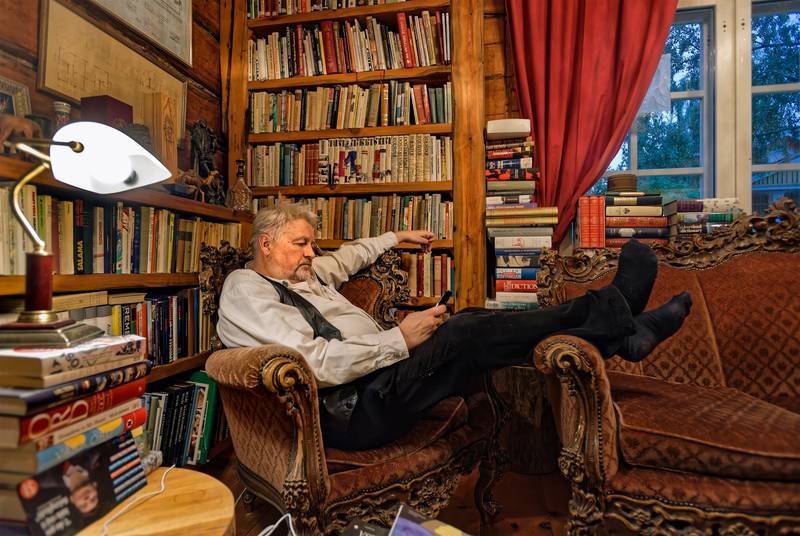

Sture Udd , Photo by Jaakko Heikkilä, 2022
In a capitalist society, the attempt to give “a human face” to wealth is the most important means of mystifying the capital relation and other social relations of power. In capitalism, the “human” characteristics of single money-owners are meaningless because the production of surplus value and accumulation of capital are based precisely on non-human, i.e., non-individual, machinic relations and processes that work “behind” the human faces of individuals. In Capital, Book One, Marx describes a fictive discussion between a worker and a capitalist: I demand, therefore, a working day of normal length and demand it without any appeal to your heart, for in money matters, sentiment is out of place. You may be a model citizen, perhaps a member of the Society for the Prevention of Cruelty to Animals, and in the odour of sanctity to boot, but the thing that you represent face to face with me has no heart in its breast. That which seems to throb there is my own heart-beating.1
Capitalism is a monetary economy of production in which the possessor of money, the capitalist, can transform money into capital. Like Marx in his critique of political economy, “revealed”, the production of surplus value is based on the exploitation of labour-power or living labour that has the capacity to produce more value than is necessary for its own social reproduction. Thus, when CEOs or bankers act as capitalists, they are primary agents of capital as a social force that aims to add to its value by exploiting labour power. The individual characteristics or opinions of the persons do not matter.
For the visual arts, capitalism causes a problem precisely because the capital does not have a “human face”, neither the face of a Gilles de Rais who tortures children in the basement of his manor nor even of a Berlusconi who organises Bunga Bunga parties in his luxurious villa. Most of its agents are just boring officials who live in expensive houses in the suburbs and practice triathlon, and the most scandalous thing they normally do is obediently sack their employees by email (on shiny, brand-new MacBooks) to increase the shareholder value of their corporation. And the real agents of production and social power are not even persons, but corporations that have access to basically infinite financial wealth precisely because they can buy and use labour power, i.e., future labour that is potential and not only actual, limited operations.
The National Museum also tries to “ride the wave” of political correctness and claims that it promotes equality or the principles of “safe space” while it claims that this exhibition comes from political movements of the “minority”, it also hosts an incredible exhibition that represents the “wealthy” as an oppressed minority.
From this point of view, the question to be asked is Why has the Finnish National Museum decided to host this particular exhibition?
There are a few relatively simple critical arguments: the exhibition creates a false image of national unity; it emphasises that the “time of antagonism” is over, and the wealthy are just “normal Finns”. Even though in Heikkilä’s exhibition, the selection of these “minor rich” create the image that there is really no such thing as capitalism in Finland, the wealthy are rather just relatively different individuals who have gained their wealth by different personal means. This fits well with the traditional Finnish ideology of exceptionalism: Finland (and perhaps Sweden or other Nordic countries) is seen as completely different from the rest of the world; there is no exploitation, no precarity of workers, and hardly even any inequality in Finland. All the problems and all conflicts are somewhere else, usually in the United States (where the only investor included in the exhibition remarkably lives).
I’m not sure if an institutional critique of the National Museum is socially very relevant; the whole institution as such seems to be quite antique, and to criticise it is just as interesting as to criticise the church or Freemasonry. But I have to say I am a little surprised that the organisation has decided to host such an outrageously misleading exhibition. Of course, it is exactly what we might expect: usually, the National Museum is seen as a place where you go with a school class to see ancient swords and household items. The point of the museum is to maintain an idea of national identity. So perhaps in a world where the nation is beginning to be nothing but an “identity” since the capital constantly flows over the borders, enforcing this identity by imaginarily including the “rich” in it becomes more important. But what is quite contradictory is that at the same time that the National Museum also tries to “ride the wave” of political correctness and claims that it promotes equality or the principles of “safe space” while it claims that this exhibition comes from political movements of the “minority”, it also hosts an incredible exhibition that represents the “wealthy” as an oppressed minority.
So, at the same time that it tries to present itself as an institution that promotes equality and “diversity,” the National Museum participates in a mystification of social relations that is deeper than anything we can hardly imagine.
Professor Kantola, who wrote the text for the exhibition’s publication, also had a research project on the “wealthiest per mille” in Finland, and there her idea seemed to be to highlight that even the rich in Finland “support the welfare state”2. This kind of reformist argumentation usually assumes that there is no political-economic system that guides the personal decisions of capitalists and that some wealthy individuals actually personally decide how the economy works. Therefore, researching their ideological opinions, i.e., what they actually think about the welfare state, for example, can be seen as politically significant. In Kantola and Kuusela’s book, most of the rich say they “support the welfare state” but are also “worried” about “abuse of the welfare system” or that the poor become lazy because of too generous benefits. Repeating this kind of talk has already, for decades, served as an argument for new “workfare” policies and cuts in public services.
But in capitalist societies, real financial power does not exist in material forms such as reindeer or furniture. It exists in the form of money, and money is not a thing but a relation or a process of constant creation between the banks, other corporations, consumers, and the state. Commercial banks are constantly creating money, and the conditions of access to credit money determine the essential differences in power between different agents in society.
But as the imaginary worker that Marx depicted says, in a capitalist society, the capitalist might personally just as well “support the welfare state,” be critical towards increasing economic inequality, etc., but if they wish to keep their position in the corporations, they will have to make investments and require policies that primarily create conditions for the accumulation of capital.
The deepest form of mystification that imagery such as Heikkilä’s exhibition tends to produce is related to the conception of wealth that it creates. In these images, it looks like wealth, even in a highly financialised capitalist society, exists primarily in a material form, e.g., in the form of reindeer or expensive furniture. This conception easily drives left-wing critique into an impasse because it fixes our gaze only on the relative distribution of material wealth or property. But in capitalist societies, real financial power does not exist in material forms such as reindeer or furniture. It exists in the form of money, and money is not a thing but a relation or a process of constant creation between the banks, other corporations, consumers, and the state. Commercial banks are constantly creating money, and the conditions of access to credit money determine the essential differences in power between different agents in society. The capital has power over other social relations precisely because it has direct access to money created “out of nothing,” but solitary precarious workers constantly have to do something to earn money. In financial capitalism, those who don’t have to do anything to get money are always less powerful than the agents of capital that can create money, which is a social relation of power.
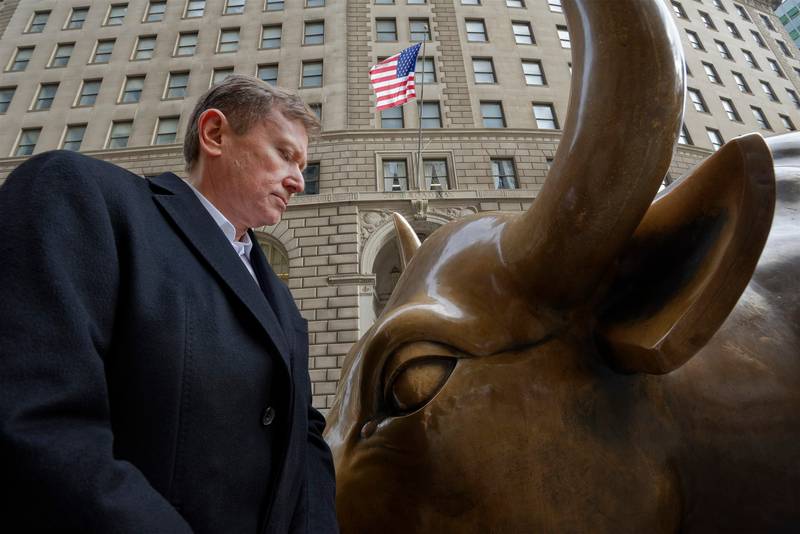

Henrik Ullner, Photo by Jaakko Heikkilä, 2022


Timo Nurmos , Photo by Jaakko Heikkilä, 2022
It is this virtual power of capital money that forces us to work constantly for the accumulation of capital. It also guides the policy changes causing, for example, the imminent destruction of public services in Finland. If the public health care (or daycare) system is on the verge of collapse and care workers are exhausted, the reason is not in the unequal distribution of reindeer or cars or expensive furniture but because the social production is organised for the accumulation of capital, and therefore care, happiness, or ecological concerns are always secondary and thus always disregarded if they do not serve the protection of surplus value.
